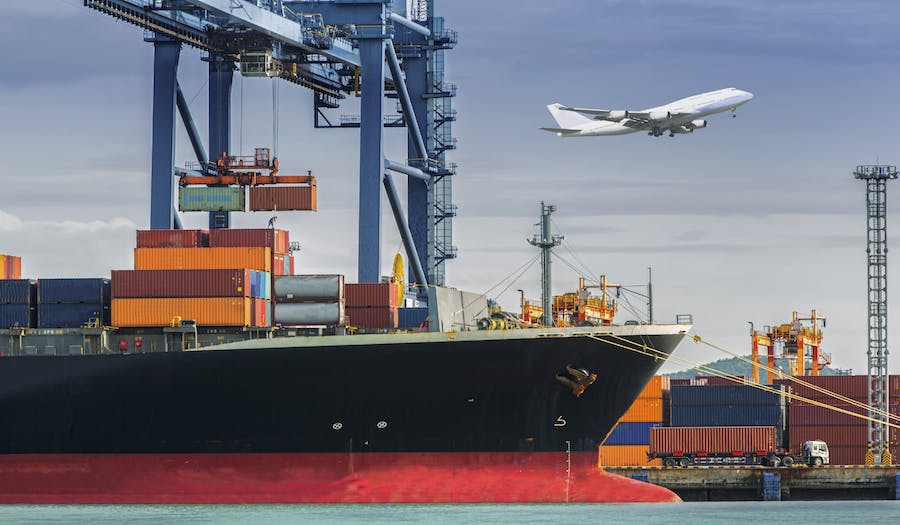South Korea is one of Australia’s closest economic and trading partners, and with its high-income economy, there is a strong market for Australia’s high quality goods and services.
For Australian SME exporters thinking about entering the South Korean market, it is important to first identify the opportunities for your business and any potential risks.
Opportunities for export
The South Korean market has a number of characteristics that make it an attractive destination for Australian SME exporters. South Korea’s rapid historical industrialisation and high income economy have created strong demand for imports in a range of key industries, which Australian SMEs are well placed to take advantage of.
Three industries in particular that should take note of the opportunities in South Korea are the services, mining and agriculture industries.
In 2014, Australian service exports to South Korea were worth A$1.4 billion, with education and tourism leading the way. South Korea is Australia’s third largest source of foreign student enrolments after China and India, and is Australia’s ninth largest source of visitor arrivals.
South Korea is a great destination for mining exports, as it has few natural resources and so has to import a significant amount. This ensures there are strong opportunities in the coal, iron ore and crude petroleum sectors.
Australia is also South Korea’s third largest supplier of agriculture and food-related products. Australian beef is very popular in South Korea, with beef exports valued at A$942 million in 2014.
It is expected that South Korean demand for food products like beef, dairy, fruit, vegetables, sugar and wheat is set to grow, following the free trade agreement signed between Australia and South Korea in December 2014.
This agreement significantly reduces barriers to trade for Australian exporters, with 99.8 per cent of Australian exports being duty free. In the first year alone, it is anticipated that the trade liberalisation under the agreement will contribute A$226 million to Australia’s GDP.
Identify the risks
South Korea’s business climate outperforms most other advanced economies, but as with any export market, there are number of potential risks of which Australian SMEs should be aware.
Local language, culture and business practices can be different to that of Australia. More than 50 per cent of respondents to Australia’s International Business Survey 2015 identified local language, culture, and/or business practices as the dominant barriers to doing business.
Meanwhile, 11 per cent of respondents cited tariffs, quotas and import duties, as well as foreign competitors who were covered by more favourable free trade agreements, as barriers to export.
The good news is that Australia’s free trade agreement levels the playing field in this respect.
Tips for successful entry into the South Korean market
There are a number of steps that Australian SMEs looking to export to South Korea can take to help make the transition a smooth one.
First, speak to the experts. Austrade, the Australian Government’s trade and investment agency, provides a range of services for Australian companies expanding overseas. Austrade provides advice and support, and can also help identify possible partners through its network of contacts.
Second, leverage networks. Establishing on-the-ground partners, advisers and suppliers can be invaluable when SMEs do not have a local presence. Local networks like the Australian-Korea Business Council can also help build links between the two business communities and is a good place to start for networking with potential business contacts.
Third, learn the local business etiquette. For example, South Korean society strongly respects hierarchy, and business relationships are often developed through informal social settings.
South Koreans prefer to conduct business with people to which they have a personal connection – for example, it can help if you are introduced to a prospective business associate through an intermediary.
Finally, consider finance options. Banks may be able to offer SMEs a loan or commercial bill facility to help finance export contracts. If this is not possible, there are alternative avenues of finance available on the market which can help SMEs secure the finance they need to export.
Taking the next step?
South Korea offers excellent export opportunities for Australian SMEs who are thinking of taking the next step in their growth strategy. The opportunities, risks, and tips outlined above should help SMEs with making the transition into the South Korean market.
About the author:
This post was written by Andrew Watson, head of the SME team at Efic – which provides financial solutions to help small and medium-sized Australian businesses grow their exports, offshore investments and onshore export-related business opportunities. Prior to joining Efic, Andrew was Head of Rural & Regional Banking at Bankwest and successfully transformed this business, implementing a new sales framework and improving credit quality. He was also head of Bankwest’s Property Finance Business where he successfully implemented a new business strategy for the division.

